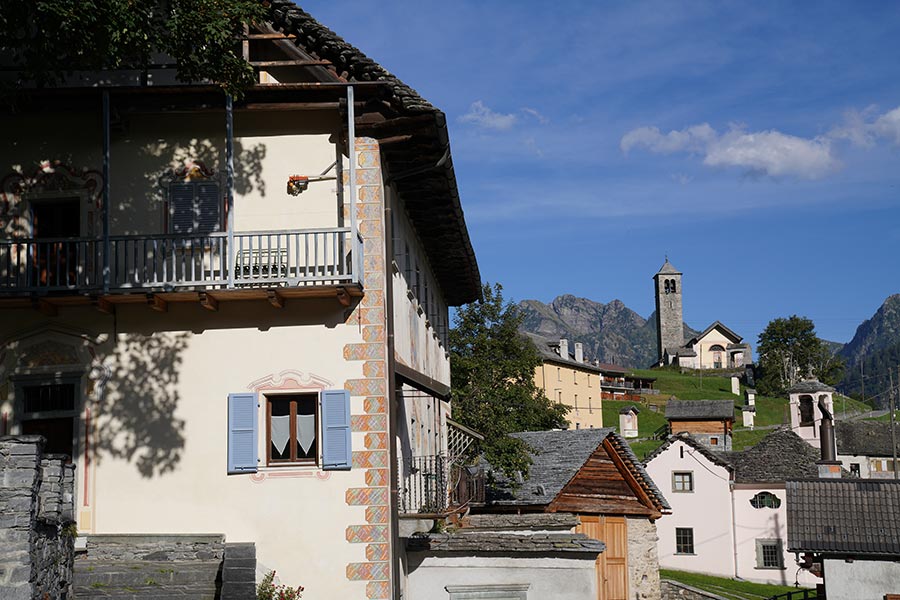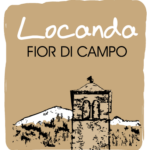
The history of Campo (Vallemaggia)
The mountain village of Campo Vallemaggia (1,291 a.s.l.) is located in the Rovana Valley, a side valley of the Maggia Valley.
The settlement was originally limited to the strategically advantageous area called Mater. The favourable location on the edge of the forest simplified the use of the wood available there as building material for the houses, as well as fuel for heating during the cold winter months.
As a result of a landslide, the houses on the edge of the forest collapsed at the beginning of the 18th century. Only a few buildings survived the catastrophe. Therefore, the inhabitants of that time built larger and more stable houses of stone in the area of today's Campos: the Palazzi Pedrazzini. The construction was possible thanks to the wealth of some of the local families. The fortune of these families came about thanks to successful trade in goods between Italy and Germany.
The simple mountain village of Campo quickly became an admirable settlement, even today, because of its palaces and churches.
The standard of living of the inhabitants boomed and the numerous church buildings testify to a strong religious community. Three churches were built: the Oratorio di San Giovanni Battista, the Addolorata Church, Via Crucis and the San Bernardo Churche. Most of the frescoes that can be admired in the above-mentioned churches are by the famous painter Giuseppe Mattia Borgnis from Craveggia. Even the façades and inner walls of the Pedrazzini palaces are decorated with monastery-like frescoes.
At the beginning of the 18th century, Campo had 800 inhabitants; today, just 6 remain. There are several reasons for such a marked decrease in population over a period of 500 years. Many valley inhabitants have emigrated to the economic centres and cities of the country, as well as abroad, to try their luck.
Another special feature in Campo are the massive earth shifts and landslides, as well as their stopping.
